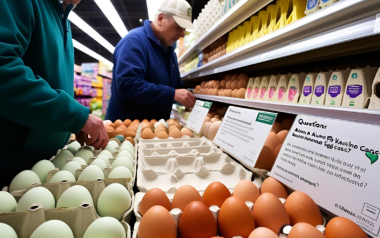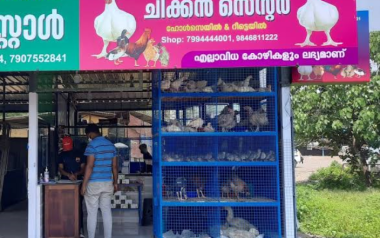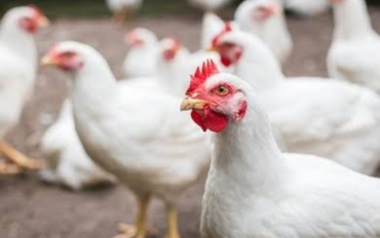04 Feb 2021
A closer look at skin problems in broiler operations
Content available at: Español (Spanish)The skin is the natural “packaging” that covers and protects broiler meat, and it is what […]
Available in other languages:
Content available at:
Español (Spanish)
The skin is the natural “packaging” that covers and protects broiler meat, and it is what the consumers establish first impressions with at the time of purchase. Hence, its appearance is the factor that will communicate to consumers the quality of the displayed product and, therefore, will influence purchasing potential. Therefore, it is vital for the poultry business to work to ensure that this “package” looks at its best.
During their life cycle, chickens are exposed to different threats that can compromise their physical integrity when arriving to the processing plant. 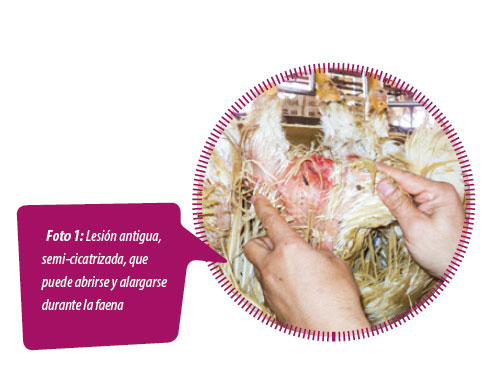
The slaughter effect on injuries increases their magnitude and visibility, and based on the quality criteria of the company, can consequently increase the partial condemnation of the carcasses and / or the reduction of quality of the products, worsening saleable weight loss and / or commercial value of the product.
- WAITING TIME
A long wait contributes to the increase in fresh skin lesions;
- DISGORGING and BLEEDING
Poorly sized disgorging and bleeding leads to the use of harsh scalding and plucking conditions, causing the scars of old lesions to open up and/or those of recent lesions to expand.
- UNIFORMITY, SCALED AND PLUCKING
The low uniformity of the birds requires adjusting the scalding parameters for larger chickens, creating sensitive conditions for the skins of much smaller birds during scalding and plucking. Additionally, low temperature scalding to preserve the epidermis requires more plucking time and / or pressure. In these cases, the scars may open up, produce lacerations, and even worsen unhealed injuries.
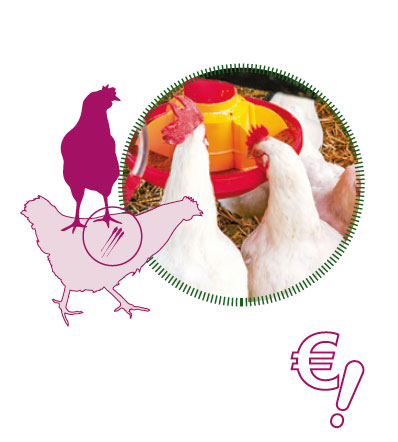
Still, despite the effects of processing, the solution should be sought at its source – the farm!
TO CONTINUE READING REGISTER IT IS COMPLETELY FREE
Access to articles in PDF
Keep up to date with our newsletters
Receive the magazine for free in digital version
REGISTRATION
ACCESS
YOUR ACCOUNT
LOGIN
Lost your password?









